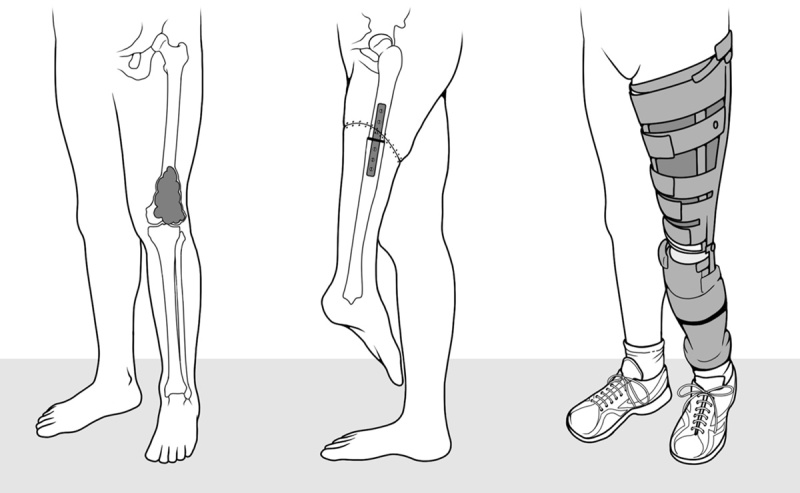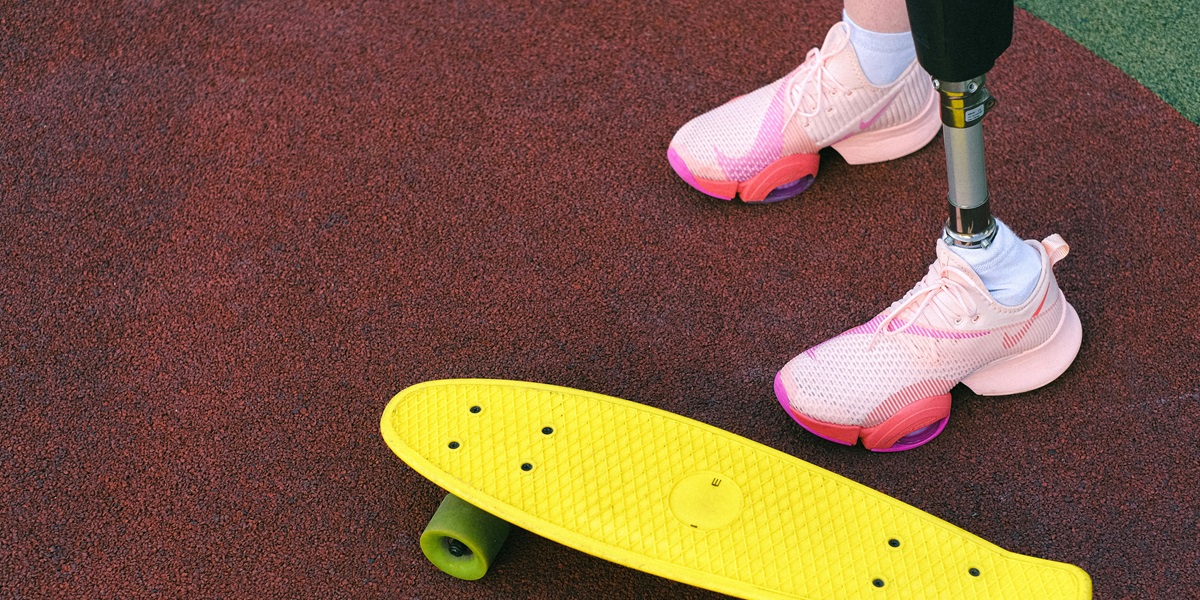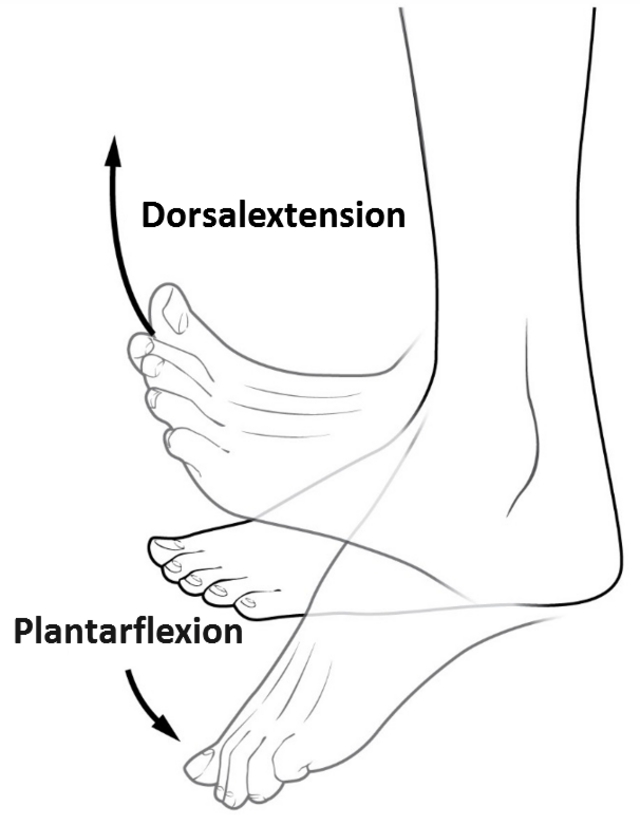Typically, the joys of childhood that adults reminisce about include carefree playing, running, and jumping—not cancer. Despite this, childhood cancer affects nearly 10,000 children in the U.S. every year, and of these cases, about 500 (2 percent) involve osteosarcoma. Rotationplasty is a surgery that can give childhood osteosarcoma survivors requiring amputation the best chance of running and jumping again, just like before.
Read more: Your ankle could replace your knee! – How Rotationplasty gives ankles new function.Osteosarcoma is a cancer that causes tumors in bones, typically found in the long bones of the arms and legs. Osteosarcoma is more common in young people and is treated with chemotherapy, radiation, and surgery. Surgery is used to try to remove tumors remaining after other treatments; however, due to location or complexity, the surgery sometimes requires amputation. If the tumor is near the knee but the lower part of the leg—the shin, ankle, and foot—are healthy, one surgical option is called rotationplasty.
A rotationplasty can be performed to try to save part of the leg that is healthy and has the potential to provide greater functionality than an above-the-knee prosthetic. In a rotationplasty, some of the thigh and knee are surgically removed, and the healthy lower leg and foot are rotated backward and reattached to the remaining thigh. This allows the ankle to function as a replacement for the knee. The patient is then fitted for a prosthetic leg that is designed to support the new movement of the ankle as pictured below.

When comparing your knee and ankle joint, you might be skeptical of interchanging them since they bend quite differently. Researchers have considered this too, so the range of motion of both joints has been studied to understand how well the ankle can perform in a rotationplasty. The ankle typically has a range of motion (ROM) of about 70°, while a healthy knee has a range of motion close to 130°. While the ankle has a much smaller ROM, studies have shown that a ROM of only about 65° is used for walking, which fits within the rotationplasty ROM. Once the ankle is flipped, the foot fits into a prosthesis such that a straight leg is achieved with the ankle in plantarflexion (think of pointing your toes), and bending the leg back is achieved through dorsiflexion (pulling toes toward the shin).
The ankle is moved and flipped in a rotationplasty, so the ankle bones and muscles feel different forces than usual. About 83% of the force an ankle typically feels is located at the tibiotalar joint (main connection between shin and foot). It was found in a study that when the ankle is used in a rotationplasty, that force decreases by about half. However, the tibiotalar joint contact area was seen to decrease by just over half, which leads to a slightly higher peak and average pressure in this joint (since pressure equals force divided by contact area). This change in applied forces is important for researchers to study since it could lead to new types of injury or wear on bones and cartilage.
A study found minimal premature wearing after 13 years despite the increased stress, which would suggest that at least short term the ankle is able to adapt to this change in loading. More time is needed to understand joint effects from a rotationplasty 30+ years from surgery, but this procedure was only first used to treat cancer patients in 1981, so the sample size for long term studies is limited.
Although rotationplasty is a rare procedure, its impact on each patient is significant. Compared to traditional amputations and mechanical prosthetics, patients who undergo rotationplasty retain greater control and a wider range of motion in their leg, as their ankle functions as a responsive knee rather than a passive mechanical one. This increased control and function allow for greater independence and more carefree moments spent running, playing, and enjoying life as a child again.
Feature photo by Anna Shvets from Pexels.

